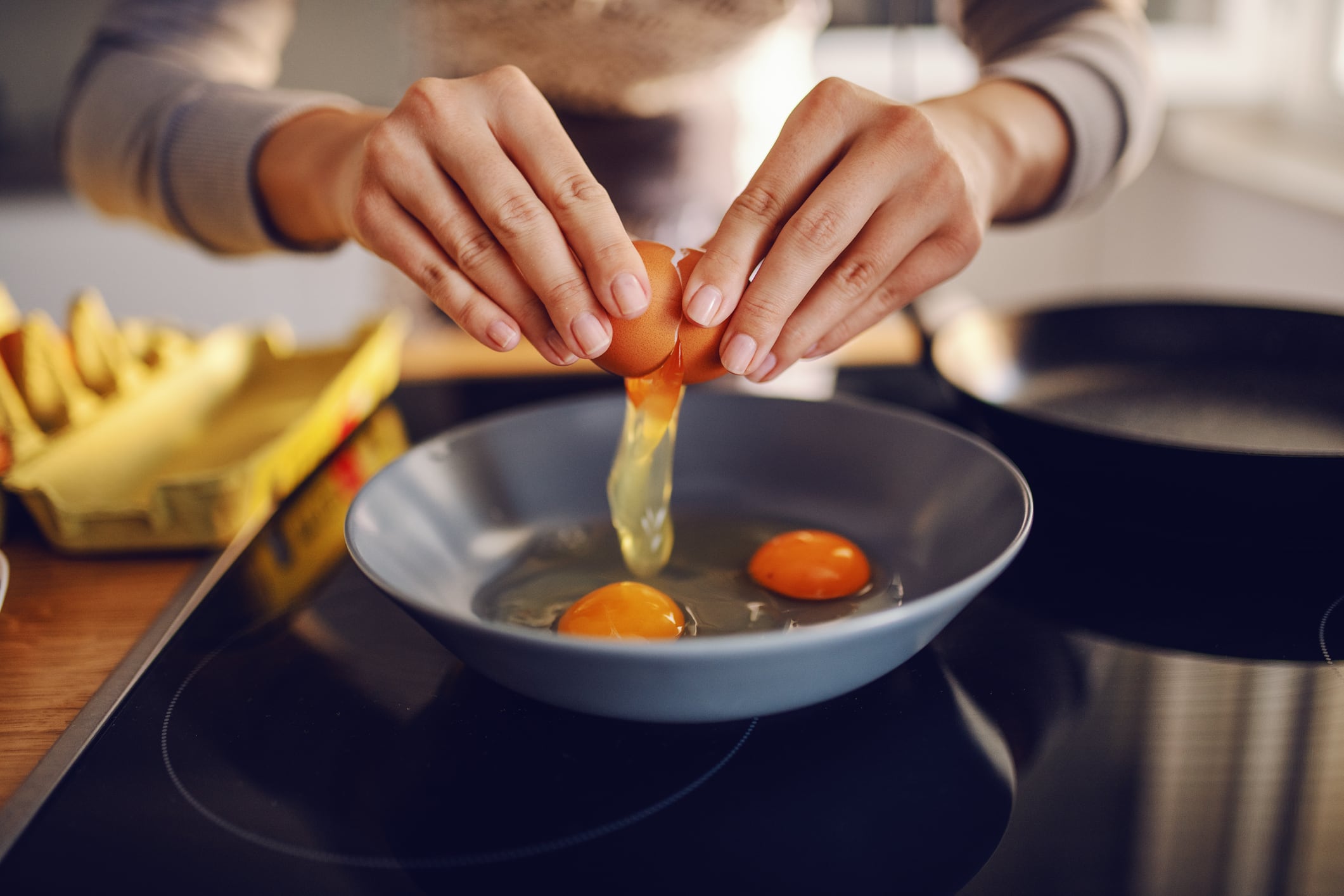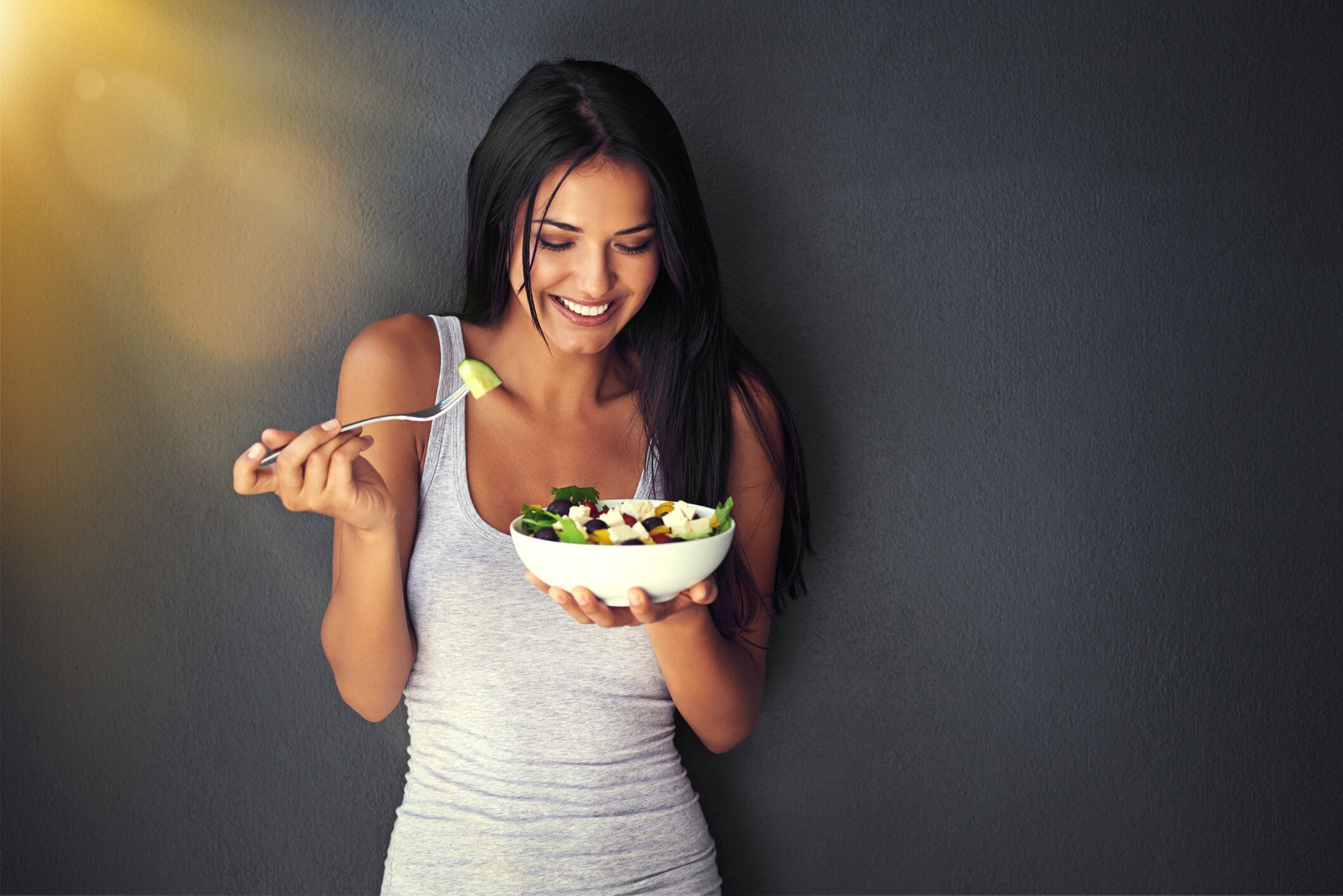GLP-1 drugs have taken the world by storm. Having been tried by one in eight adults in the US, the weight-loss drugs continue to completely redefine the diet industry. But GLP-1 occurs in our body naturally, and can be stimulated by food as well as by drugs.
What are the key ingredients that help the body produce the GLP-1 hormone?
What is GLP-1?
Glucagon-like peptide-1 (GLP-1) is one of the hormones that the body produces to initiate satiety, the feeling of being full. GLP-1 hormone is a natural appetite suppressant.
The hormone also delays gastric emptying (when food moves from the stomach to the intestines).
GLP-1 receptor agonists like Novo Nordisk’s Wegovy and Eli Lilly’s Zepbound mimic the effects of this hormone, causing the consumer to feel more full for longer.
However, drugs are not necessary to get the body to create this hormone. Many ingredients found in foods themselves can enhance its production.
Protein
One of the chief ways of stimulating the secretion of GLP-1 is through protein. Foods such as nuts, eggs, and poultry can induce satiety in the body.
Some studies suggest that protein is in fact the most effective stimulant of GLP-1 release, especially when compared with carbohydrate or fat.
Different protein sources, such as soy protein and whey protein found in cheese, appear to be similarly effective at stimulating GLP-1 secretion. Moreover, liquid meals are better for achieving this than solid foods.
However, in isolation proteins are likely not more potent than other macronutrients, only in the context of meals.
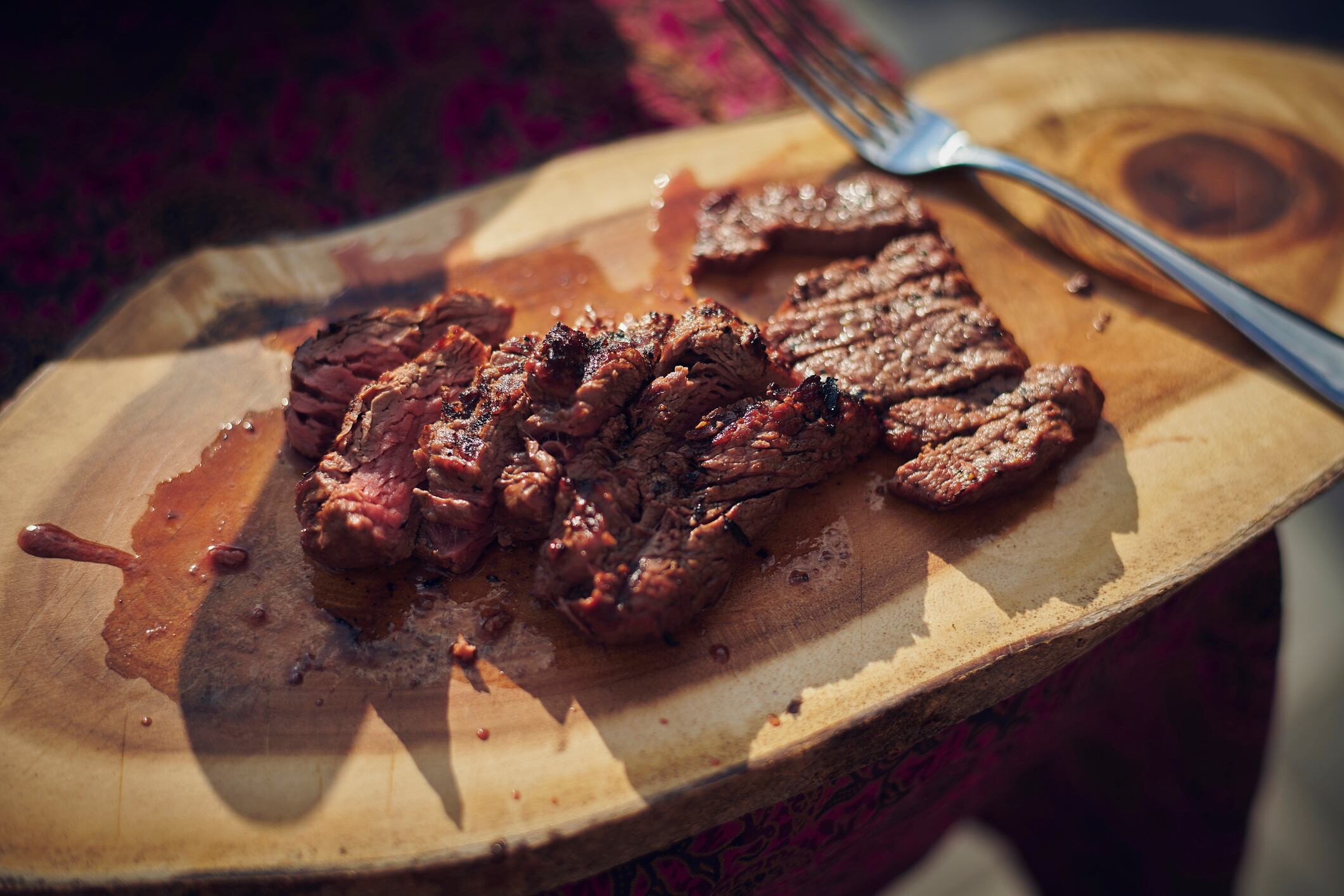
Dietary fibre
Alongside protein, dietary fibre can also induce the release of GLP-1.
One study has suggested that a high-fibre diet stimulates the production of short-chain fatty acids by gut microbes, in turn leading to an increase in the production of GLP-1.
The combination of fibre with monounsaturated fats in particular, helps boost GLP-1. Studies on ingredients such as pistachios and avocado suggest that this combination is a boon for GLP-1 production.
Dairy
Calcium, a mineral often found in dairy products, green leafy vegetables, bread and fish, has been found to stimulate GLP-1 secretion in combination with protein.
So far, according to one study, it is unclear whether it needs protein to do this or if it can work on its own.
The combination of calcium and protein is often found in dairy products. Studies have shown that dairy products are an effective way of stimulating the release of GLP-1.
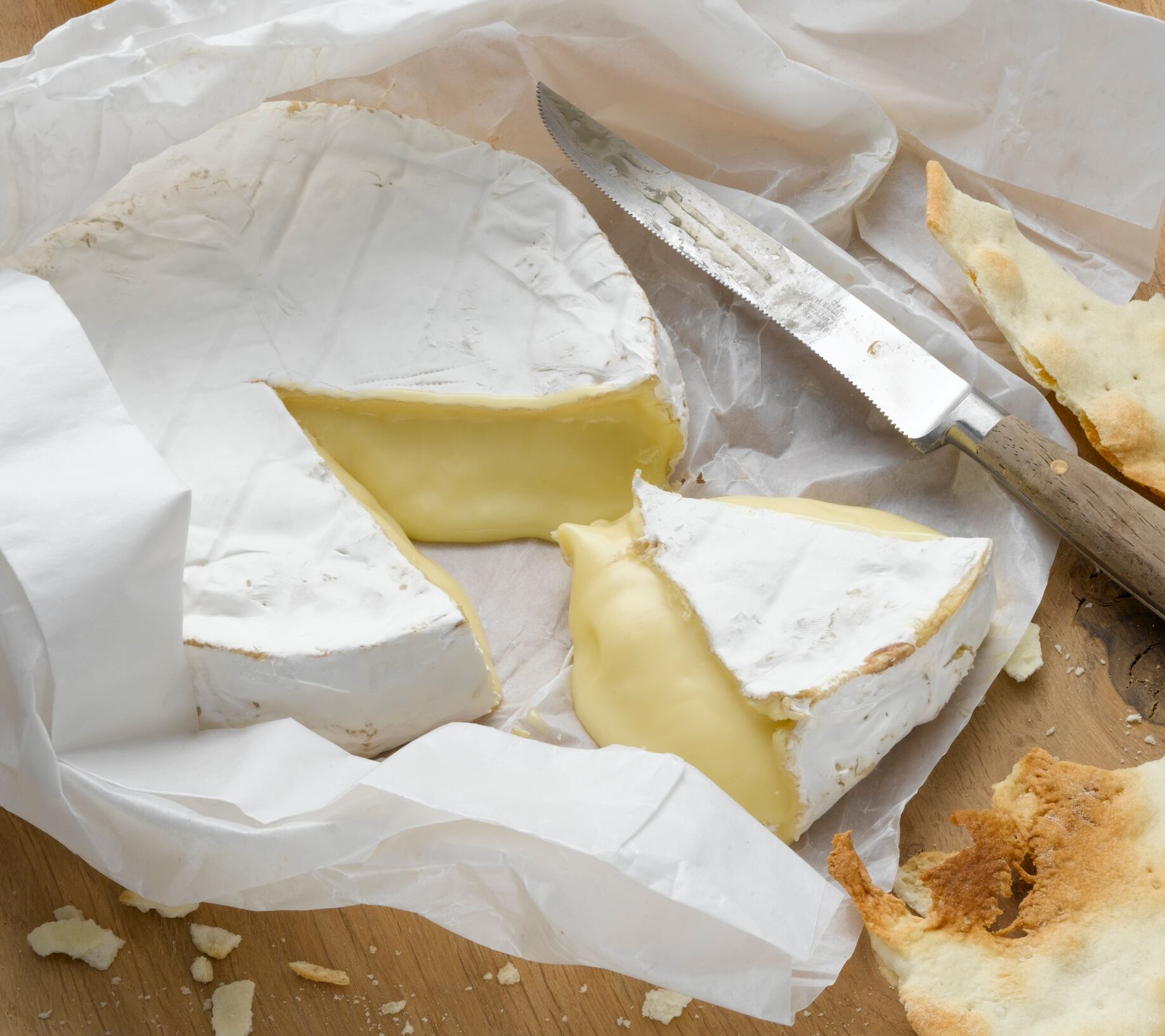
Dark chocolate
Dark chocolate has a better health halo than other types of chocolate, and arguably with good reason - there is more evidence to suggest that consuming it has health benefits.
In the case of GLP-1, dark chocolate can induce its secretion because of the effects of cacao polyphenols, in which it is abundant. Polyphenols are compounds often found in plant-based foods, with many health benefits.
One study explored this, looking into whether dark chocolate could increase the secretion of GLP-1. The group in the study eating dark chocolate had an enhanced, early GLP-1 response compared with the control group. The researchers suggested that this was likely due to the presence of cacao polyphenols.
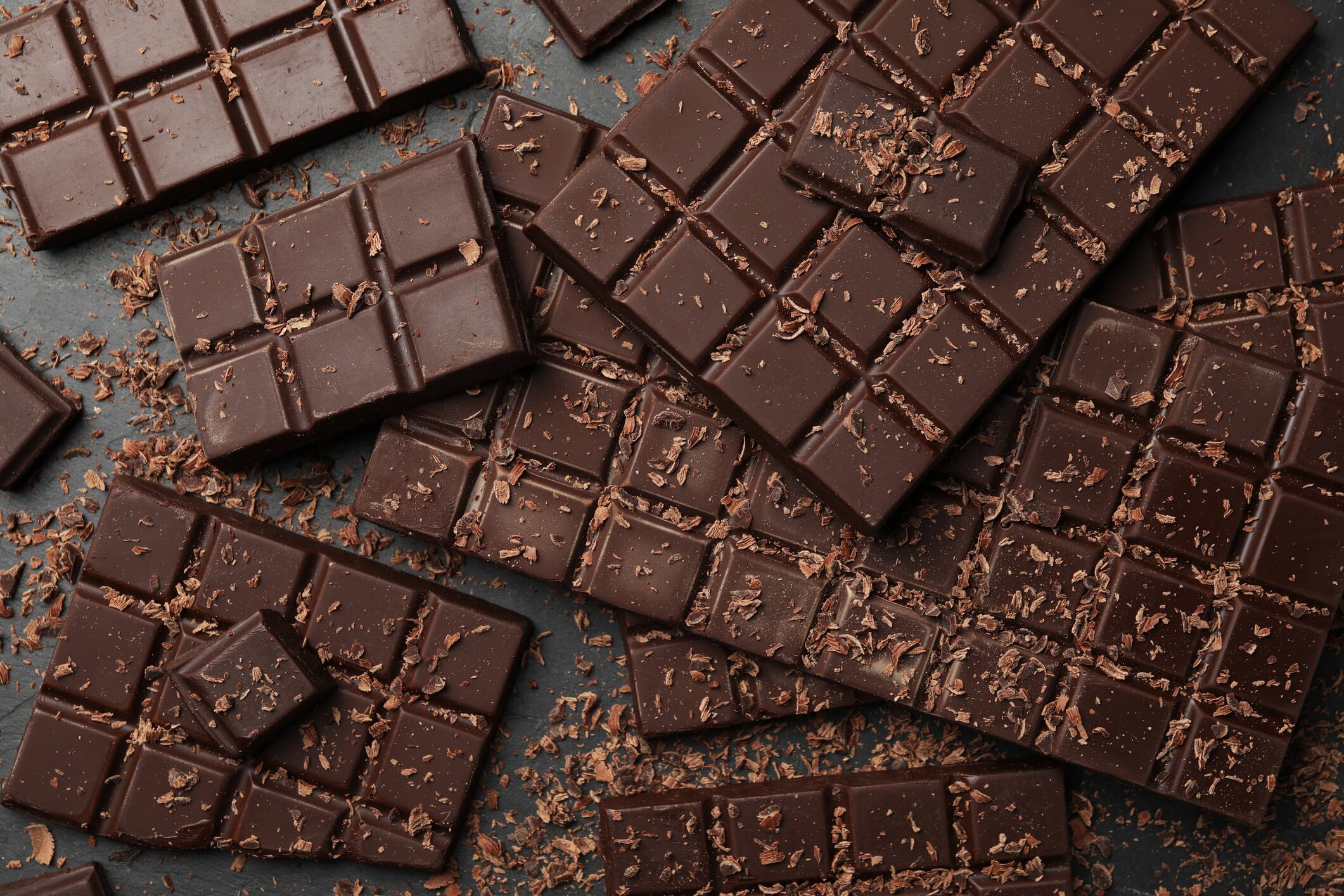
Can food induce GLP-1 as effectively as drugs?
While ingredients can be very effective in inducing GLP-1, they may not have quite the same ability to do so as GLP-1 receptor agonists themselves.
GLP-1 drugs are chemically modified, and thus satiety for consumers who use them lasts far longer than satiety induced by foods.
The half-life of GLP-1 produced endogenously (by the body) is only a few minutes, explains Faris Zuraikat, assistant professor at Columbia University. Therefore, it does not have the potency of GLP-1 receptor agonists.
However, choosing food instead of drugs can have its upsides. For example, while using GLP-1 drugs consumers can lose muscle mass along with fat. This can be avoided by the use of food instead of drugs, according to Diabetes UK.


